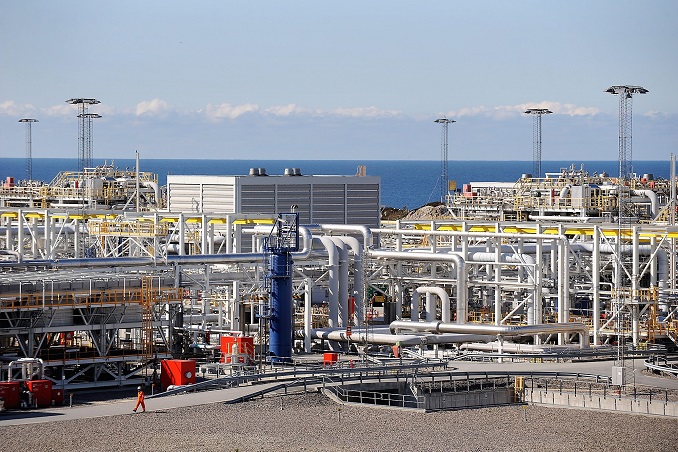Tanzania -Tanzania is going the natural way as it is moving towards harnessing natural gas, concretizing a zero-emission target set by the UN for 2030. It will now be looking at exporting Natural gas, adding to its own GDP, as informed by the President’s office.
The development comes after President Samia Suluhu Hassan could negotiate with oil companies; a process that has got stalled in 2019.
What is worrying the energy fraternity is whether Africa can really afford to completely go off its fossil fuels and make a shift? The International Renewable Energy Agency (IRENA) estimates clean energy capacity in Africa could reach 310 GW by 2030, putting it at the forefront of renewable energy generation globally.
This is definitely good news for the continent that has been racked by poverty, economic and political instability, famine and malnutrition too.
According to an The AfDB reports, a “renewable energy revolution could unlock Africa’s social and economic development. However, a change in the political economy is needed to move away from the current preoccupation with big power projects, centralised electricity production and a heavy reliance on coal.”
Related Posts
This East African country has a golden chance to unlock as much as $30bn in foreign investment, if its natural gas exports can take off, well in time. Tanzania has an estimated 57 trillion cubic feet of gas reserves but disagreements with oil corporations over production sharing disputes have kept them untapped.
In response, Mozambique could press ahead. But then, an Islamist insurgency in its northern Cabo Delgado province forced the massive international investment by Total and other oil majors to be abandoned.
Many such politically led fights have hampered the general growth process in the continent.
Tanzania has been working quietly; figuring out deep pockets of natural gas across its geography. Since 2016, it found such under deep water as well. Under The Natural Gas Utilization Master Plan (2016), the cost of extraction suggests a large-scale, export-oriented project, in volumes sufficient to achieve economies of scale in capital expenditures such as building the offshore pipelines and liquefaction plant. The proposed solution is a $20bn-30bn two-train liquefied natural gas (LNG) export facility, involving a consortium of Royal Dutch Shell, Norway’s Statoil, ExxonMobil, UK-based Ophir Energy and Singapore’s Pavilion Energy. This will depend on whether President Hassan can successfully conclude her talks this year and that developmental work can start from 2023.

